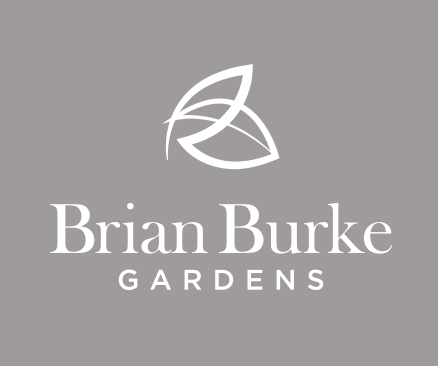Are you familiar with The High Line? The High Line (also known as High Line Park) is a one and a half mile long linear park built in Manhattan on an elevated section of a disused New York Central Railroad spur called the West Side Line. Inspired by a similar project in Paris, the three- mile long Promenade Plantée, which was completed in 1993, the High Line has been redesigned and planted as an aerial greenway and “rails to trails” park.

Repurposing of the railway into an urban park began in 2006 with the first phase opening in 2009 and the second following in 2011. The third and final phase officially opened to the public on September 21, 2014. A short stub above Tenth Avenue and 30th Street will open by 2017. The park gets nearly 5 million visitors annually.
The attractions of The High Line are the views of the surrounding city and the Hudson river and also the naturalized planting which is inspired by the landscape that developed on the tracks throughout years of disuse. The trail is made of a pebble-dash concrete walkway that swells and constricts, swings from side to side, and divides into concrete tines that meld the hardscape with the planting embedded in railroad gravel mulch. Stretches of track and ties are an acknowledgement of The High Line’s former use.
Most of the planting, totalling an impressive 210 species, is of rugged meadow plants, clumping grasses, liatris, coneflowers, sumac and smokebush. But the planting is not limited to American natives, at the Gansevoort Street end a grove of mixed species of birch is already sufficiently mature to provide welcome dappled afternoon shade.
In 1999, the non-profit organization, Friends of the High Line was formed by two local residents, Joshua David and Robert Hammond. They campaigned for the line’s preservation and reuse as public open space. In 2001 the well-known photographer Joel Sternfeld spent an entire year shooting The High Line. These photographs of the natural beauty of the meadow-like wildscape of the railway became a crucial tool in convincing officialdom of the viability of The High Line as a greenway. Similarly, Alan Weisman’s brilliant 2007 book The World Without Us featured The High Line as an example of the reappearance of the wild in an abandoned area.
The recycling of the railway into an urban park has brought on the revitalization of Chelsea, which had been “gritty” and in generally poor condition in the late twentieth century. It has also spurred real estate development in the neighbourhoods that lie along the line. The renaissance in the area is directly attributable to The High Line: by 2009 more than 30 projects were planned or under construction nearby, and by 2016 a further 11 significant projects were underway. It has also helped to raise the prices of properties directly adjacent by an average of 10% more in comparison to properties located more than two blocks away. As of August 2016, the park has continued to increase real estate values and prices along the route, as a “halo effect”.
So what? Well to my mind all of this illustrates quite clearly how we humans, whether we realise it or not, crave the natural environment. We take it as a given living in the midlands with nothing but green fields as far as the eye can see but for the increasing proportion of the population who dwell in dense, fraught urban environments the occasional glimpse of and immersion in a bit of greenery is a precious thing.
You won’t find a stauncher, more uncompromising urbanite than your native New Yorker and they have embraced The High Line with gusto. Did I mention that the most heinous crime that the authorities have had to deal with on The High Line since it opened is the odd bit of unauthorised roller-blading. No crime, I wonder why that is?
We have talked repeatedly about the myriad positive psychological impacts of exposure to the natural, well The High Line demonstrates quite clearly that the economic benefits are also inarguable. Urban greening; the ultimate no brainer.

Leave a Reply